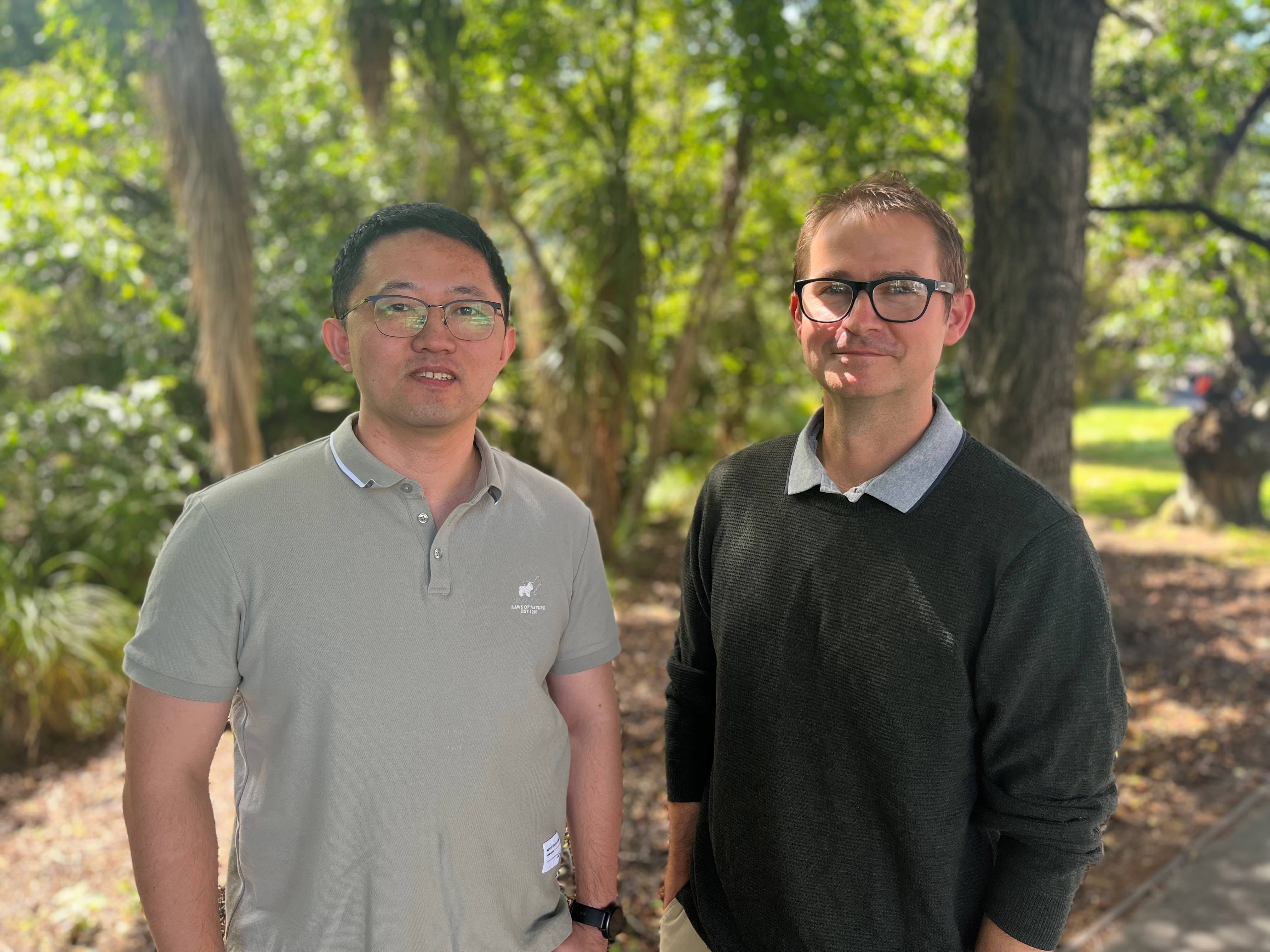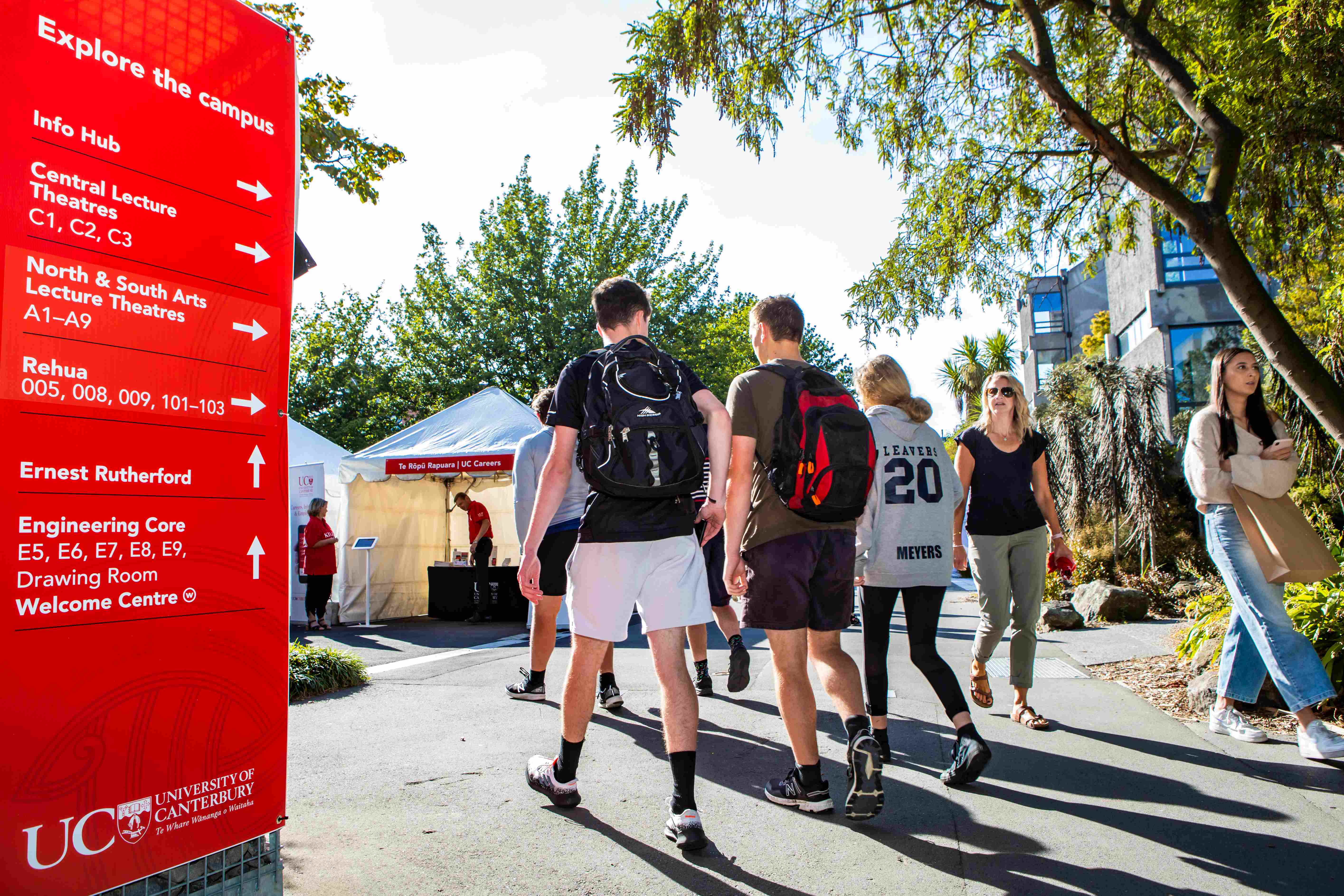Preparations are underway to transform a 1500m2 section of lawn between UC’s health centre and student association building Haere-roa into a trial biodiversity meadow that is expected to create greater numbers and diversity of insect life, and in turn attract native birds and reptiles.
Wildflowers will be sown in August, which, although not native flora, will nonetheless support native biodiversity. The project is part of UC’s Biodiversity Plan 2022- 2025, which aims to increase diversity of native plants, insects and birds on campus and improve stream life, providing a vital link in the ecological corridor of the city’s northwest.
The project will provide environmental science students with opportunities for learning activities and may be utilised for wellbeing by students and staff, as an attractive space humming with plant and insect life.
Regular insect monitoring commenced last November, establishing baselines for further data collection as the site transforms from lawn to rewilding meadow.
The meadow supports UC’s goal of becoming carbon net zero by 2050 by piloting a ‘no-mow’ zone, which may be extended to other areas of campus if successful. UC’s grounds team have already employed habitat borders around trees and other selected no-mow or low-mow zones to promote insect biodiversity.











